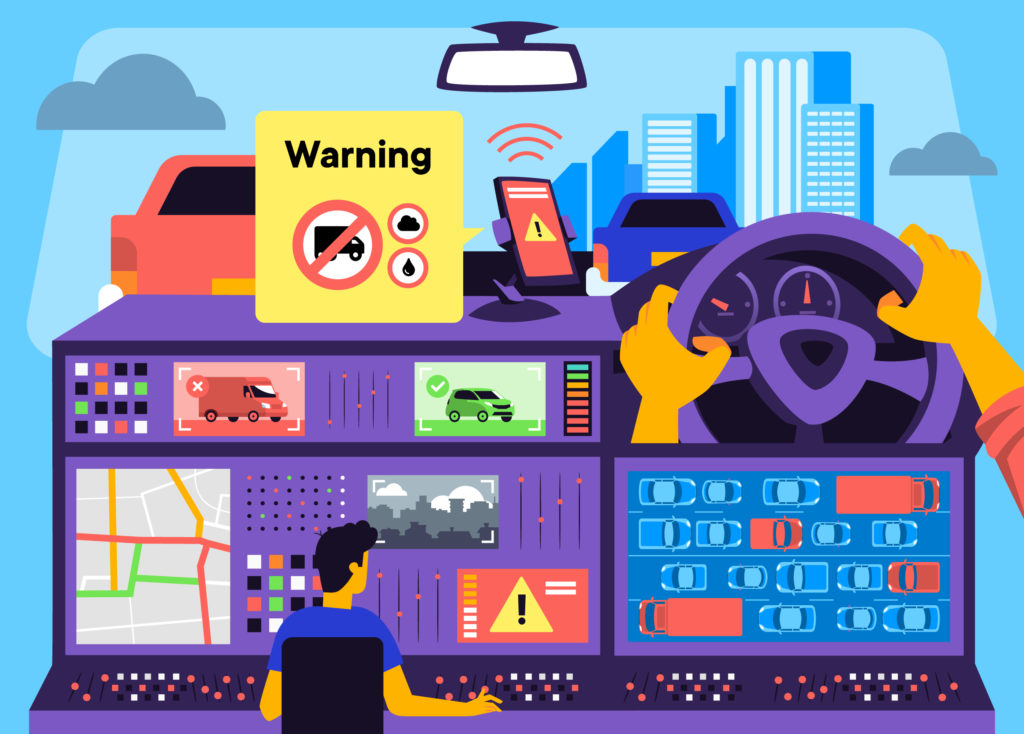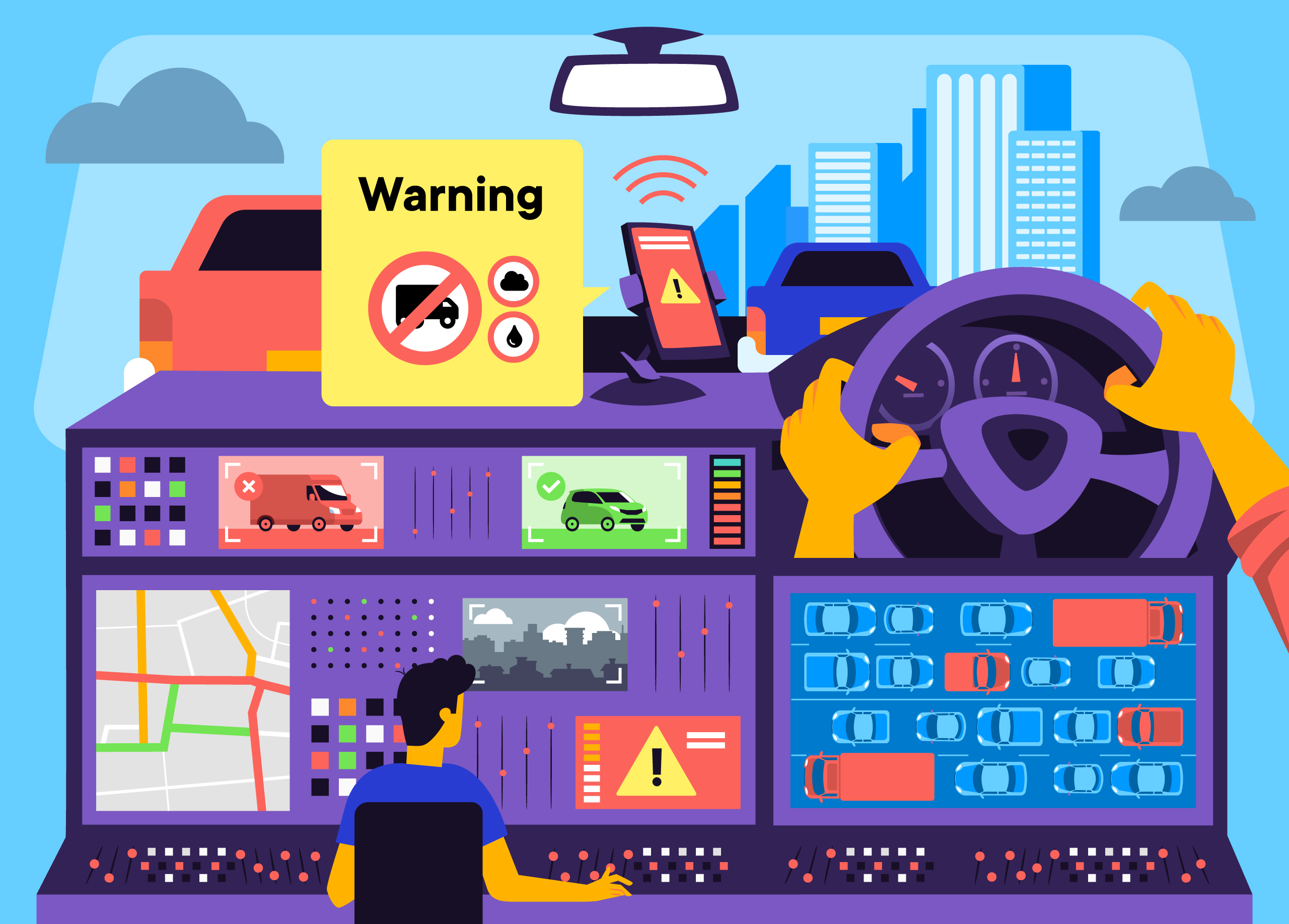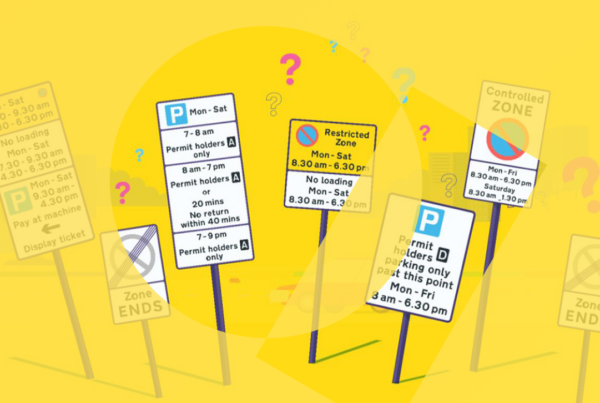Covid-19 has increased the focus on an already hotly contested asset: the kerb. This space already has to juggle many uses: parking, deliveries, buses, pedestrians of all abilities, cycling, as well as growing areas such as EV charging and dockless bike schemes. The pandemic has further squeezed it from two sides: the need for more pavement space for social distancing and the need to create space for the increase in cyclists, alongside private cars and buses on the road.
As the uses of the kerb become increasingly varied and dynamic, how can we optimise this asset to its fullest potential for users and local authorities alike?
Currently, its management is static. Under the UK legal framework, one piece of kerbside cannot be designated for different uses at the same time. For example, a bus stop used twice a day will operate 24/7, pay & display parking might end at 8pm; there is no room for these spaces to be managed or used for different purposes, and this creates frustration and conflict between different users.
Traffic Orders
What’s more, the process to change the designated use of the kerb, the Traffic Regulation Orders (TROs or TMOs) that dictate its function, is long and expensive: £10,000-£15,000 and on average 12-18 months per implementation. Therefore, changes are no small feat. Emergency measures have been introduced during the pandemic to speed up changes to enable social distancing measures, however at present these are only temporary.
This way of managing the kerb overall also means it remains reliant largely on one source of income: parking. Current legislation prevents charging for stays under five minutes, meaning that local authorities cannot charge for, say, pick ups and drop offs by TNCs like ride-hailing operators. Combined with the difficulty of managing and charging for uses such as loading, this makes it difficult for them to move away from parking-centric business models and to adapt to changing use cases. For delivery vehicles, for example, moving to a pay-per-minute model rather than fighting parking tickets would improve compliance and the relationship between government and business.
One of the recommendations of the recent Centre for London report Reclaim the kerb: The future of parking and kerbside management in London, to which AppyWay contributed, is to introduce dynamic TROs and enable charging in small increments. This will require legislative changes at a national level and is encouraged alongside the embrace of technology at a local government level to manage demand for kerb space, including dynamic space designation and charging, and digital TROs.
”Recommendation 6: Boroughs should embrace the opportunities created by new technology to manage demand for kerb space – including automated charging, dynamic space designation, microtransactions for ultra-short-stay parking, and dynamic pricing for short-stay parking. Central government should enable dynamic management by allowing for charging in small increments and introducing dynamic Traffic Regulation Orders.
From the Centre for London report Reclaim the kerb: The future of parking and kerbside management
Dynamic Traffic Orders
The introduction of dynamic TROs and dynamic kerbside management would enable local authorities to optimise the designation of their kerb space, allowing land to be multipurpose and enabling changes of designation without the need for a new TRO each time. It would also harmonise the conflictual demands on limited space and enable councils to adapt to future requirements. Imagine: on a day with high pollution levels, parking could be suspended to discourage private car travel.
Currently, the process to digitise TROs is being developed, as are dynamic management technologies. The DfT’s Project Alpha is identifying and developing a legislative process for digital TROs, while here at AppyWay we have digitised the TROs for over 460 towns and cities, and have tools to enable digital TRO change management.
There are also projects looking at specific use cases supported by dynamic kerbs, such as TfL’s FreightLab, which looks to enable dynamic booking of loading bays in the capital. Additionally, our work with the Smart Mobility Living Lab looks at making use of a bus stop to support demand responsive transport and AV safe harbours in the borough of Greenwich. All of these lay the foundation for eventual dynamic management of the kerb.
Digital Traffic Orders
Digital TROs will be essential to enable dynamic kerbs to operate, but there will also need to be changes in legislation to make them possible. Additionally, there will be a need for digital tools and platforms to manage changes, and to communicate them to relevant parties in an accessible way.
This will also enable future connected infrastructure – such as connected and automated vehicles (CAVs). Arup’s FlexKerb concept lays out some initial ideas of how this could work, and provides key considerations for designing streets for CAVs. Vehicle-to-infrastructure (V2I) communications are being developed globally, but infrastructure-to-vehicle will be essential for these to function on our streets.
At AppyWay, we are a strong advocate for empowering local authorities to make the most of this key asset. By enabling more dynamic use of their kerbside, and more dynamic charging, they not only optimise their land but improve day to day use for their citizens. We also firmly believe that a dynamic asset could also unlock even better kerbside utilisation, as explored in our recent blog.
Currently, a major industry focus is on asset utilisation but this is only to inform greater efficiencies and the full opportunity of repurposing parking assets at different times of day. We encourage further work in this domain with trials showing the full potential of this new approach while retaining important inclusivity for all user groups in our towns and cities.







